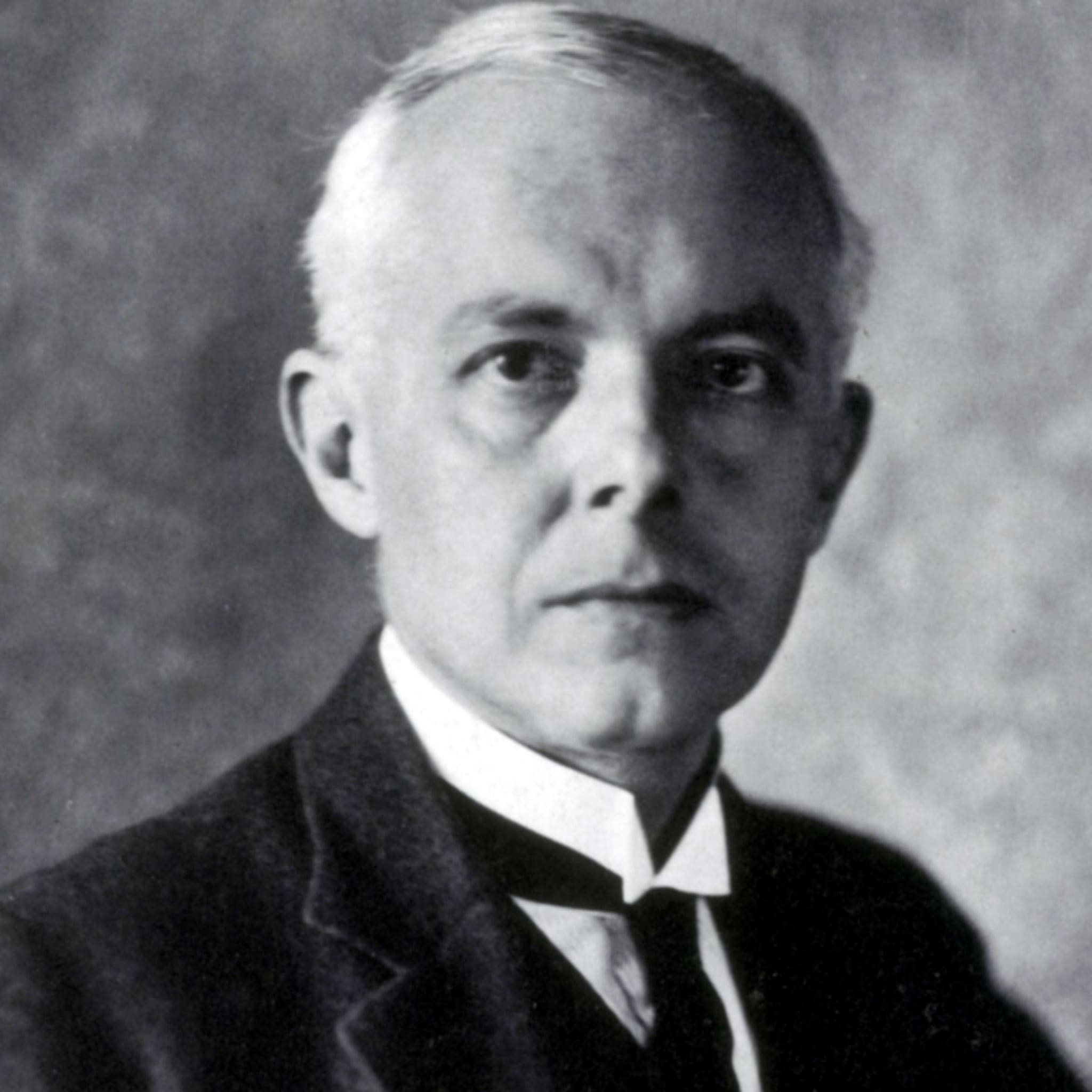Album insights
Originally planned to include all of Richard Strauss' songs for voice and piano, this series deviated from its original concept in its final installment. Breaking away from tradition, the series ended with the Four Last Songs. These works serve as a radiant conclusion to Strauss' lifelong dedication to the art of song.
Another reason justifying their inclusion is Strauss' inherently orchestral thinking when composing accompaniments. Whether accompanying his wife Pauline or a singer like Elisabeth Schumann, Strauss felt equally comfortable at the piano and the conductor's stand. Presenting the Four Last Songs as piano arrangements helps highlight the pivotal role of orchestration in interpreting the world of Strauss' songs.
Take, for example, the spirited Cäcilie, one of the four songs written as a gift for Pauline on their wedding anniversary in 1894. Unveiling vibrant vocal lines against a powerful accompaniment, this piece embodies a jubilant climax followed by a triumphant conclusion. While exuberant, the song also delves into subtler emotions, evoking hints of Brünnhilde from Wagner.
In many respects, Wenn ... serves as a companion piece to Cäcilie, even hinting at a continuation of themes. Composed a year later in the heroic E-flat major of the song Ich liebe dich, Wenn ... playfully shifts to unexpected tonalities like neapolitan E-flat major, showcasing Strauss' compositional finesse.
The subsequent ten songs span from 1899 to 1901, a period when Strauss faced a creative lull between major works. Despite potential perceived shortcomings, each song from this era possesses its unique character and detailed musical craftsmanship.
One striking example is the carefree Brother Liederlich, capturing Strauss' playful use of calls and dissonances to paint a vivid portrait of whimsical gestures and subtle expressions. In contrast, An Sie expresses solemn love through a formal ode to the goddess of time, marked by a stately 4/8 meter and heroic tonalities.
Strauss' setting of the ballad Die Ulme von Hirsau, inspired by Ludwig Uhland, transitions from a folkloric tale to a grand homage to Lutheranism, culminating in a bombastic chorale reminiscent of Ein' feste Burg in unexpected E-flat major.
Strauss, known for avoiding well-explored poetic texts, delved into Friedrich Rückert's poems for Opus 46, resulting in a collection marked by complex emotions and thoughtful harmonies. With each piece, Strauss uniquely captures the essence of the text, delivering a rich and engaging musical narrative.
The cycle closes with Strauss' renowned Four Last Songs, composed in Switzerland in 1948. Reflecting on themes of transition and melancholy, these songs beautifully encapsulate Strauss' mastery of songcraft, featuring soaring melodies and rich harmonies that define his late vocal works.
The melancholic essence of each song, portraying transition from one state to another, resonates deeply with themes of nature, love, life, and death. With works like Frühling, September, Beim Schlafengehn, and Im Abendrot, Strauss masterfully weaves Herrmann Hesse's poignant verses into musical tapestries of beauty and introspection.
While Cäcilie stands as the only enduring piece from the earlier collection, Strauss' Four Last Songs undeniably hold a special place in his repertoire, showcasing his mastery in crafting deeply expressive and evocative vocal compositions.









